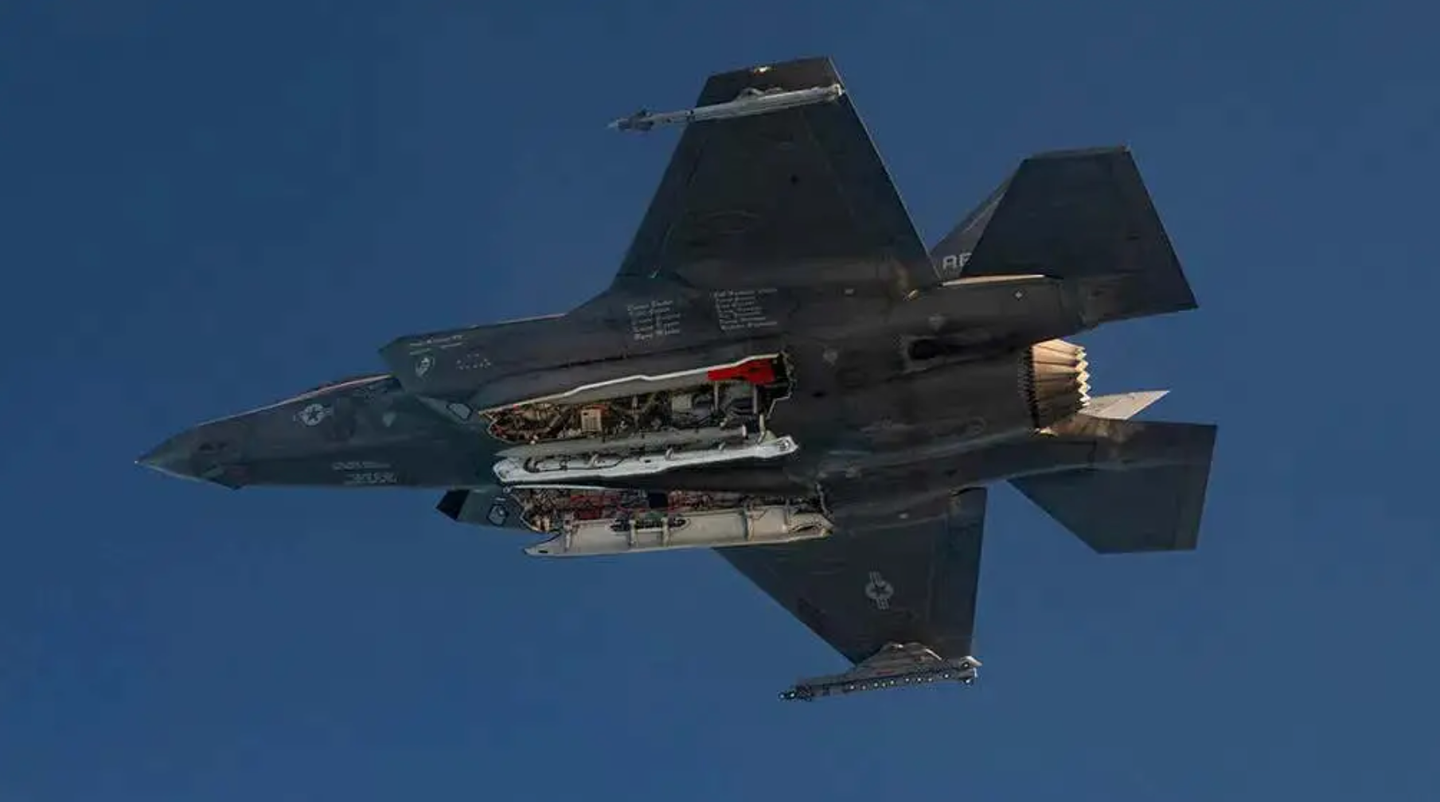The Bundeswehr, Germany's armed forces, recently reported the loss of an advanced IRIS-T missile, raising significant security concerns. The missile was discovered missing during routine inventory checks at a barracks in North Rhine-Westphalia amidst ongoing construction work.
It is suspected that the missile may have inadvertently been shipped to the USA, where the Air Force conducts regular exercises. Although the missing missile is believed to be unarmed and without fuel, the advanced encryption technology in its navigation system could pose a security risk if compromised.
Valued at approximately €250,000 ($271,000) each, IRIS-T missiles are critical assets. Despite the German Defense Ministry's claim that no missile is missing, the situation highlights existing security vulnerabilities within the Bundeswehr.
Previous incidents further underscore these concerns. In 2017, weapons were stolen from a military facility, prompting then Defense Minister Ursula von der Leyen to call for better incident reporting systems. A 2018 report revealed significant thefts of weapons and ammunition from the Bundeswehr, and a 2020 document disclosed that tens of thousands of rounds had disappeared from military arsenals since 2010.
The loss of the missile is particularly concerning given the IRIS-T's use in Ukraine, where it has proven effective against Russian threats. Germany has supplied Ukraine with four IRIS-T SLM/SLS air defense systems, which have been successful in neutralizing over 110 targets, including Russian cruise missiles.
Diehl Defense, the manufacturer, announced plans to increase production to meet growing demand, aiming to produce 450-500 missiles annually by 2024. The IRIS-T's effectiveness has been praised by Ukrainian operators, who have used it to defend Kyiv against multiple cruise missile attacks.
This incident highlights the need for improved oversight and inventory management within the Bundeswehr to prevent future security lapses and ensure the integrity of critical defense technologies.




:quality(70)/cloudfront-us-east-1.images.arcpublishing.com/archetype/JWQ6MUDY4VAX5GNXTASFZW2GT4.jpg)


